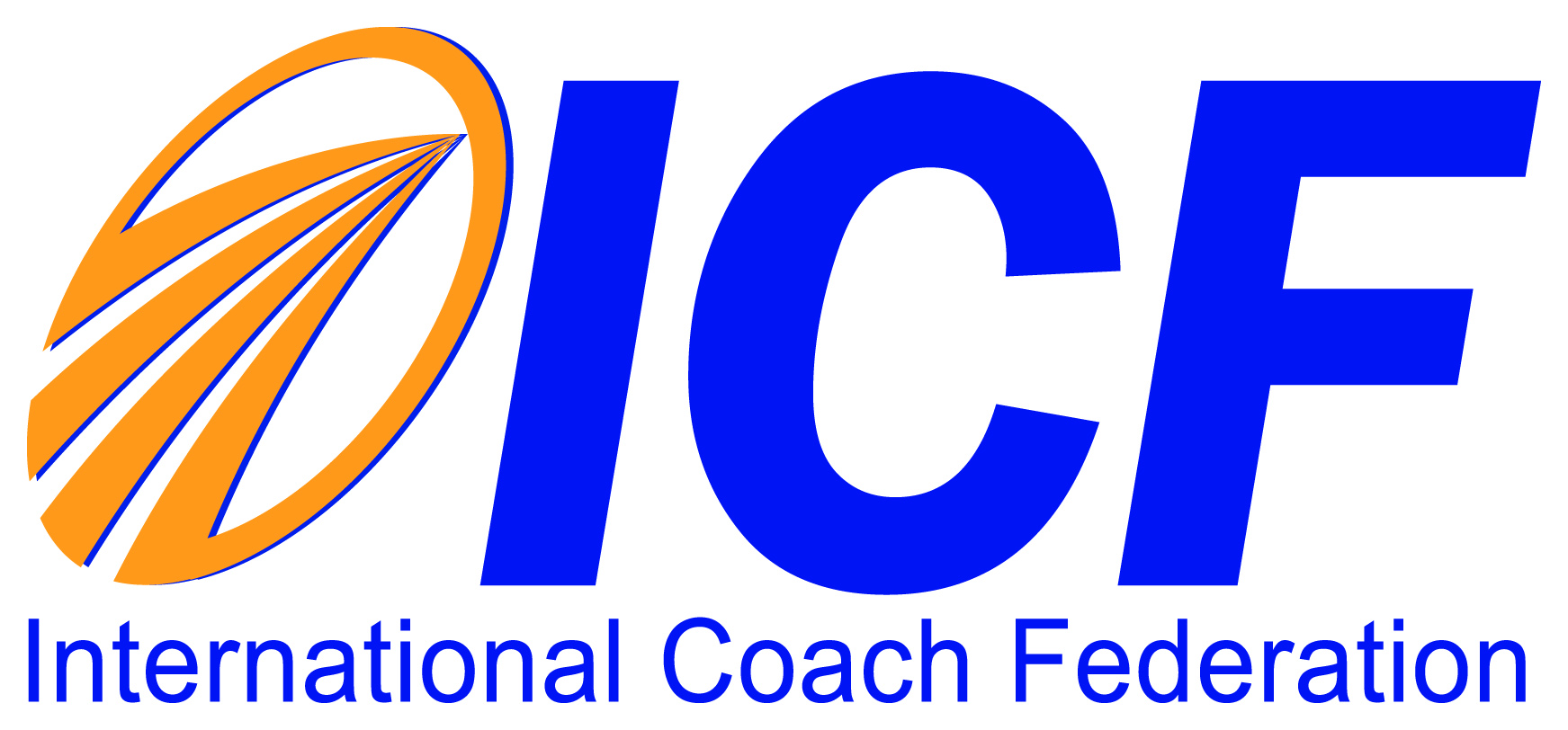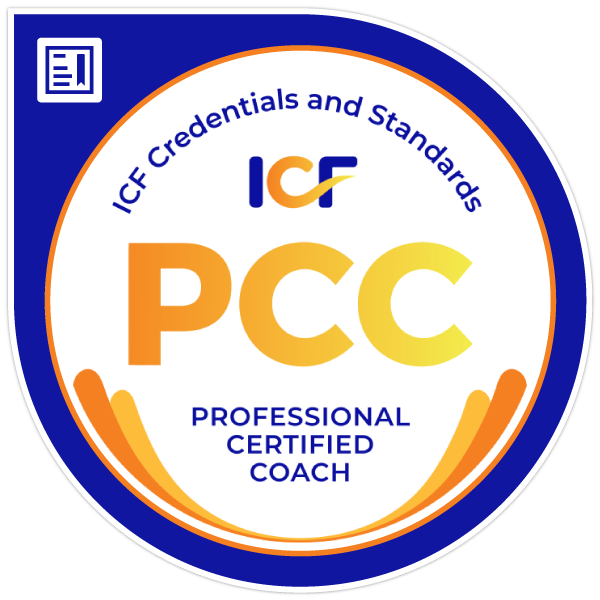SOURCES
BENEFITS OF COACHING
Numerous studies have been conducted to assess the benefits of coaching, dealing with both personal/behavioural impacts and financial return. A study of the impact of executive coaching carried-out by the U.S. coaching consultancy Manchester Inc in 2001 (and summarised here), found a return on investment (ROI) of 570% against the cost of the coaching. The study also gave a detailed breakdown of all-round benefits. The identified organisational benefits included improvements in...
Productivity (reported by 53% of executives)
Quality (48%)
Organizational strength (48%)
Customer service (39%)
Reduced customer complaints (34%)
Retaining executives who received coaching (32%)
Cost reductions (23%)
Bottom-line profitability (22%)
Among the direct benefits to executives who received coaching were improved...
Working relationships with direct reports (reported by 77% of executives)
Working relationships with immediate supervisors (71%)
Teamwork (67%)
Working relationships with peers (63%)
Job satisfaction (61%)
Conflict reduction (52%)
Organizational commitment (44%)
Working relationships with clients (37%)
Another frequently quoted study - by M.C.Anderson of Metrix Global - provides a systematic assessment of an external coaching programme, in this case establishing an ROI of 529% (Anderson, M.C. (2001): "Case Study on Return on Investment of Executive Coaching”. Metrix Global LLC). For a summary follow the link here.
Prof Anthony Grant, an academic authority on coaching, argues that ROI is a rather limited measure of the impact of coaching and points instead to the numerous non-financial benefits including "increased workplace engagement, decreased stress, depression and anxiety, increased resilience and well-being, as well as goal attainment". You can find his 2012 article here.
A selection of other academic studies on the effectiveness of coaching (not available on the web) is as follows:
Arakawa, D., & Greenberg, M. (2007). Optimistic managers and their influence on productivity and employee engagement in a technology organisation: Implications for coaching psychologists. Coaching Psychology Review, 2(1), 78
Gyllensten, K., & Palmer, S. (2005). Can coaching reduce workplace stress: A quasiexperimental study. International Journal of Evidence Based Coaching and Mentoring, 3(2), 7585.
Grant, A.M., & Spence, G.B. (2010). Using coaching and positive psychology to promote a flourishing workforce: A model of goal-striving and mental health. In P.A. Linley, S. Harrington, & N. Page (Eds.), Oxford handbook of positive psychology and work (pp. 175188). Oxford: Oxford University Press.
Linley, P., Nielsen, K.M., Gillett, R., & Biswas-Diener, R. (2010). Using signature strengths in pursuit of goals: Effects on goal progress, need satisfaction, and well-being, and implications for coaching psychologists. International Coaching Psychology Review, 5(1), 615.
LEADERSHIP
Are great leaders born or made? Does leadership depend upon the possession of certain traits, such as intelligence, extraversion, self-confidence, conscientiousness and organisation - and if so, can some or all of these traits be developed or enhanced through training and experience? Are leaders who focus on task-efficiency and results the most likely to succeed, or is it those who prioritise supporting their people? Are the best leaders autocrats, or is a democratic or laissez-faire style preferable? Or does it all depend on the particular situation or circumstances within which the leader is operating?
You'll find all of these questions, and doubtless hundreds more, if you dive into the vast ocean of material on leadership development. In such a complex field there is no single, simple answer to questions like these, and any model of leadership needs to be flexible, subtle and multi-faceted. For me a good starting-point is the integrated psychological theory presented by James Scouller in his 2011 text "Three Levels of Leadership: How to develop your Leadership Presence, Knowhow and Skill". "Three Levels" synthesises many of the key elements of previous leadership models, then takes them a step further based on insights gained from coaching executives. At the core is the "Personal Level", from which the other two levels ("Private" and "Public") emanate. Personal Leadership starts with an individual's technical knowledge and skill, attitude towards others, and personal mastery. These qualities in turn contribute to the core element of successful leadership which Scouller terms "presence". Presence is what marks a leader out as credible, inspirational and trustworthy. It is unique to each individual and can't be reduced to a list of preferred character traits. According to Scouller, presence "...reveals itself as the magnetic, radiating effect you have on others when you're being the authentic you, giving them your full respect and attention, speaking honestly and letting your unique character traits flow." (Scouller, 2011.)
Creating presence means developing your unique "personal leadership" qualities through self-development and self-mastery. You can enhance your presence by working on self-awareness, for example by examining limiting beliefs and emotions. Scouller also suggests working with personal authenticity, mindfulness and servant leadership.
What's particularly interesting here is that "presence" - in common with many other aspects of "personal leadership" - is a domain where coaching has a great deal to offer the individual leader. Working one-to-one to build from your unique personal values and qualities is at the very core of coaching. What's more, by implication we all of us have our own unique personal presence and capability for leadership. In other words, we can each optimise our capability as a leader by developing our individual presence - irrespective of the level we may find ourselves at within an organisation.
For more on authentic leadership take a look at Bill George's "Authentic Leadership: Rediscovering the Secrets to Creating Lasting Value", which contains interviews with over a hundred senior executives and includes a structured learning programme based on the findings. Many business training programmes now incorporate authentic leadership - see for example Aberdeen University's "The Authentic Leadership Guide" which gives an outline of the approach used in their MBA programme.
There's an insightful piece on "Authentic Leadership" by Dana Fulenwider Bitzer of CTI here, picking up on the theme that each of us has the capacity to be a leader in our own environment. Among other things, this article gives an outline approach to the business coaching process.
A recent book from two of the founders of CTI - Karen and Henry Kimsey-House -"Co-Active Leadership - Five Ways to Lead"- expands on the situational, multi-dimensional approach to leadership. Whilst acknowledging that in some circumstances you may contribute most by leading from the front, the authors point to three other - and equally effective - ways in which you may practice leadership (leading from beside, from behind and from the field). Whichever mode you adopt emanates from your own personal leadership style - or "leading from within".
There's a growing body of literature on "servant leadership", which emphasises the responsibility of leaders as developers of people, and of their organisations as contributors to society. The seminal work for this is Robert K. Greenleaf's essay "The Servant as Leader". Greenleaf's work generated an influential strand of leadership thinking which now finds a focus on the Greenleaf website. Whilst Robert Greenleaf covers the philosophical and conceptual high ground, James Autry makes a passionate (and often opinionated) practical case for servant leadership in his book "The Servant Leader", which is illustrated with numerous real-life examples.
For a more Machiavellian take on leadership qualities take a look at some of the work of Jeffrey Pfeffer, such as: "LeadershipBS - Fixing Workplaces and Careers One Truth at a Time" (Harper Business 2015, 259pp), and "Power - Why some people have it - and others don't" (Harper Business 2010, 273pp). There's an implied challenge here about how to reconcile the political aspects of leadership with personal values.
CTI runs an international leadership development programme (The Co-Active Leadership Programme), with an explicit emphasis on the development of personal presence. The training commences with work on self-awareness and understanding of individual life purpose, building upon this to develop a fully-realised and "intention-based" model of leadership. A 2013 publication - "The Stake - the making of leaders" by Henry Kimsey-House and David Skibbens - gives an insight into much of the thinking behind the CTI Leadership Programme. You can find practical details on the training here. As a graduate of this programme I can testify to its' powerful personal impact.
MINDFULNESS
Scouller identified mindfulness as a core element of personal presence, and the last five years has in fact seen a growing uptake of mindfulness practice by organisations in government, business and education.
Perhaps the best-known western exponent is Eckhart Tolle, who has written a series of books on the practice (see for example "The Power of Now" and "Practising the Power of Now". Tolle also has some engaging online material, such as this TV interview with Oprah Winfrey.
One of the pioneers of mindfulness in the west is Jon Kabat-Zinn, who offers in-depth mindfulness training courses, in particular for those living with chronic illness or other difficult life circumstances. His "Full Catastrophe Living - How to cope with stress, pain and illness using mindfulness meditation" is a tour de force.
PERSONALITY PROFILING
Personality profiling/typing can be a valuable self-awareness tool in coaching, and is also now in common use in many organisations for management training and team development. Probably the best known systems are based on the pioneering work of C.G.Jung: the Jungian Type Index (JTI - popular in Scandinavia), or its counterpart the Myers-Briggs Type Index (MBTI). Both use a system based on four dimensions of personality, starting with the Introvert-Extravert dichotomy.
There are some great insights into personality profiling, and the Introvert-Extravert dichotomy, in this 2016 TED Talk by Prof. Brian Little of Cambridge University entitled "Are human beings just a collection of traits?". Brian Little is a self-confessed extreme introvert who is nevertheless a highly engaging communicator.
If you're interested in delving deeper, particularly into the introvert perspective, take a look at Susan Cain's 2013 best seller "Quiet - the Power of Introverts in a world that can't stop talking". This is the best-known of several recent books in this area. You'll also find some useful insights in "The Introvert Advantage" by Marti Olsen Laney (2002).
I've also worked with a typology recently developed by Brazilian leadership coach Marco Antonio Figueredo, known as Hallos Relationship. This is a more intuitive system which identifies five core personality "tendencies" classified by means of a system of colours (orange/action-focused - white/conceptual - green/emotional - blue/analytical - brown/synthesising). I've found this to be a subtle and effective tool - it's in the process of being rolled-out more widely in Europe.
Not quite on the profiling radar...but for those seeking a more contemplative approach to life...try Sara Maitland's 2008 publication "A Book of Silence - A journey in search of the pleasure and power of silence", which raises many stimulating points about the value of silence in the modern world - and how to find it!
COACHING AND THERAPY
Coaching is not the same as therapy, and a coach and a psychotherapist will typically have different training and competencies. To generalise, therapy implies there is some "pathology" which requires fixing, often by revisiting and reprocessing a previous trauma. In coaching, by contrast, we look forward to possibility and potential. We work to bring about transformational change through the building of your chosen future path. One outcome of this is that the "energy" in coaching is very different to that which you might experience in therapy.
During coaching it's important to be able to recognise if a client is in a situation which really requires a therapeutic approach. In this case a good outcome would be to agree a strategy with the coachee, and to help him or her seek out the appropriate therapeutic support. In some circumstances it can viable for a coach and a therapist to work together with the same client, to deliver the best possible outcome.
The International Coach Federation has produced a detailed white paper entitled “Referring a Client to Therapy - A Set of Guidelines”. This includes some useful insights into the differences between the “medical” and “dimensional” approaches to mental health.
If you wish to look deeper still, this article in published in the Consulting Psychology Journal in 2001 describes an empirical study of the differences based on the views of coaching and therapy practitioners. Whilst the comments about regulation and accreditation of coaches in the article are now outdated, the core study itself remains highly relevant.
ORIGINS OF COACHING
Coaching as we know it today originated in the humanistic psychology movement founded in the mid-twentieth century by the American psychologists Carl Rogers (1902-87) and Abraham Maslow (1908-70). The humanistic school laid emphasis on "healthy" and "normal" psychology in contrast to the focus on pathological states which had prevailed hitherto. Among their influential works are "On Becoming a Person: A Therapist's View of Psychotherapy" (Rogers 1961) and "Toward a Psychology of Being" (Maslow, 1962). The movement gained fresh impetus in the late-1990's when Martin Seligman, then president of the American Psychological Association, stepped-up as a champion of "positive psychology", notably through the publication of his text "Authentic Happiness" in 2002. Positive psychology now boasts its own association (the International Positive Psychology Association (IPPA)), international conferences, a World Congress and numerous university training and research programmes.
Mainstream coaching engages with the scientific findings of positive psychology and develops them into forms of practice, as a means to bring the benefits to the wider world.
CO-ACTIVE COACHING
"Co-Active Coaching", the foundation of my own coach training, was established in California in the 1990's by Karen Kimsey-House, Laura Whitworth and Henry Kimsey-House. The related training establishment "The Coaches Training Institute" is one of the earliest recognised schools, and now claims to have trained over 50,000 coaches, consultants and managers.
For an introduction to Co-Active coaching, see the text "Co-Active Coaching - Changing Business, Transforming Lives" (web link here).
You can learn more about CTI and their training programmes here.
INSPIRATIONS
“Our deepest fear is not that we are inadequate. Our deepest fear is that we are powerful beyond measure. It is our light, not our darkness, that most frightens us. We ask ourselves, “Who am I to be brilliant, gorgeous, talented, fabulous?”. Actually, who are you not to be? You are a child of God. Your playing small does not serve the world. There is nothing enlightened about shrinking so that other people won’t feel insecure around you. We are all meant to shine, as children do. We were born to make manifest the glory of God that is within us. It’s not just in some of us; it’s in everyone. And as we let our own light shine, we unconsciously give other people permission to do the same. As we are liberated from our own fear, our presence automatically liberates others.”
“People come to coaching for lots of individual reasons. They are motivated to achieve specific goals: to write a book, to start a business, to have a healthier body. They come to coaching in order to be more effective or more satisfied at work. They hire a coach because they want to create more order or balance in their lives. Sometimes people want more from life - more peace of mind, more simplicity, more joy - and sometimes they want less - less confusion, less stress, less financial pressure. In general they come to coaching because they want a better quality of life: more fulfilment, better balance, or a different way to accomplish their life’s desires.”
“...there is an importance to simplicity and the best stuff is, “Did you do your work as well as you could? Did you love who you loved as well as you could?”. You don’t die and think, “How comfortable was I?”.”
“I am very fond of (Shakespeare’s) Hamlet, I just love the place he gets to in act five. That exquisite movement into the centre of his being, an acceptance of his fate, good or bad, even though it potentially means his death. The readiness to serve your particular fate is such a mysterious thing, like there’s this diamond or this deep subterranean river inside you which you are searching for. When you feel connected to it, boy you know exactly.”
““For success, like happiness, cannot be pursued; it must ensue, and it only does so as the unintended side-effect of one’s personal dedication to a cause greater than oneself……you have to let it happen by not caring about it.”
”









